How to
teach Genre
Genre is part of the Key Concept of Language, and can be applied to all kinds of media text. Putting media texts such as film, television programmes, print media, or music into categories is useful as a way of establishing some kind of control over an amorphous mass of information. Each genre follows its own kinds of conventions - language, characteristic signs and sign systems. However, genres are fluid and not fixed and under constant renegotiation between media industry and audience through the combination of the familiar and the unexpected.
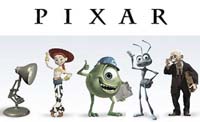

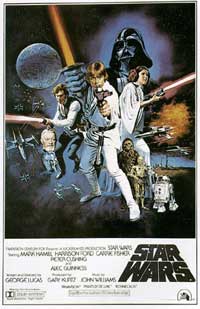
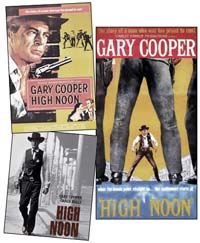
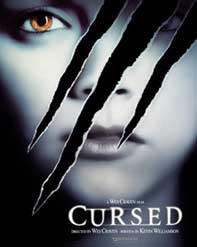
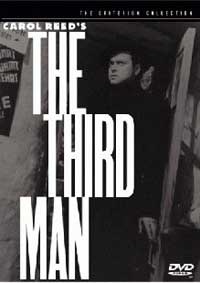
Genre analysis is
my tool of choice as a starting point teaching any type
of media text. ‘Genre’ is a French term
meaning "type" or "kind". Putting things into categories
is useful in any form of study; it’s a way of
establishing some kind of control over an amorphous mass
of information. Each medium in the mass media has its own
kinds of language, characteristic signs and sign systems.
Making a list of media texts and their shared characteristics helps establish what students already know and provides reassurance to them that what they are going to study can be organised and categorised. Genre theory, therefore, allows media students to consider reading any film, television programme, magazine, advert, in relation to one or more categories. Teaching genre enables students to move gradually from the safe shallows of lists of texts and their shared genre characteristics into the deeper but more interesting waters of real exploration of what genre is all about. This would lead into discussion of:
• the importance of expectation and audience pleasure;
• the fluidity of genres and the constant renegotiation between industry and audience through the combination of the familiar and the unexpected;
• the relationship between audiences and producers to minimise financial risk;
• the cultural dimension; myths and fears played out through repetition, innovation and resolution;
• the ideological level: genres offering reassurance and closure on the complexities of life.
The standard approach to teaching genre in film and television is to focus on the common codes and conventions. Looking at film posters, trailers or short scene extracts will quickly enable students to identify similarities and differences in characters, location, stories and familiar objects (the iconography). Repeated narrative patterns can be observed and beyond this the recurring themes which leads to exploration of shared ideological messages. For the study of magazines the categorisation might be based on
definitions of target audiences – age, gender, ethnicity, class etc. This approach lets students see how representational issues drive the way the industry segments the magazine market.
The most useful aspect of teaching genre is the way it enables teachers to make effortless connections with the other parts of the Media Studies conceptual framework. You can’t discuss film genres without thinking about audience pleasure and this leads inevitably to discussion of institutional questions about how texts are produced and distributed.
In this workshop I will offer examples of starting points and teaching strategies that I have used in teaching genre across a range of texts. We will start with a sorting exercise which will demonstrate the important message that genres are fluid and not fixed. I will use a range of material including crime and horror films, TV soaps, newspapers, women’s magazines and advertising campaigns. I will also be differentiating the approach at GCSE and A level and providing samples of assignments targeted at different levels. I will reference different theoretical perspectives on genre but really only to provide signposts to follow up after the session, so that the main focus will be on dealing with the subject at classroom level.
Carol Allison, Head of Media Studies, The Chauncy School, Ware, Herts.
Read more about Genre and a summary of the Key Questions
Making a list of media texts and their shared characteristics helps establish what students already know and provides reassurance to them that what they are going to study can be organised and categorised. Genre theory, therefore, allows media students to consider reading any film, television programme, magazine, advert, in relation to one or more categories. Teaching genre enables students to move gradually from the safe shallows of lists of texts and their shared genre characteristics into the deeper but more interesting waters of real exploration of what genre is all about. This would lead into discussion of:
• the importance of expectation and audience pleasure;
• the fluidity of genres and the constant renegotiation between industry and audience through the combination of the familiar and the unexpected;
• the relationship between audiences and producers to minimise financial risk;
• the cultural dimension; myths and fears played out through repetition, innovation and resolution;
• the ideological level: genres offering reassurance and closure on the complexities of life.
The standard approach to teaching genre in film and television is to focus on the common codes and conventions. Looking at film posters, trailers or short scene extracts will quickly enable students to identify similarities and differences in characters, location, stories and familiar objects (the iconography). Repeated narrative patterns can be observed and beyond this the recurring themes which leads to exploration of shared ideological messages. For the study of magazines the categorisation might be based on
definitions of target audiences – age, gender, ethnicity, class etc. This approach lets students see how representational issues drive the way the industry segments the magazine market.
The most useful aspect of teaching genre is the way it enables teachers to make effortless connections with the other parts of the Media Studies conceptual framework. You can’t discuss film genres without thinking about audience pleasure and this leads inevitably to discussion of institutional questions about how texts are produced and distributed.
In this workshop I will offer examples of starting points and teaching strategies that I have used in teaching genre across a range of texts. We will start with a sorting exercise which will demonstrate the important message that genres are fluid and not fixed. I will use a range of material including crime and horror films, TV soaps, newspapers, women’s magazines and advertising campaigns. I will also be differentiating the approach at GCSE and A level and providing samples of assignments targeted at different levels. I will reference different theoretical perspectives on genre but really only to provide signposts to follow up after the session, so that the main focus will be on dealing with the subject at classroom level.
Carol Allison, Head of Media Studies, The Chauncy School, Ware, Herts.
Read more about Genre and a summary of the Key Questions